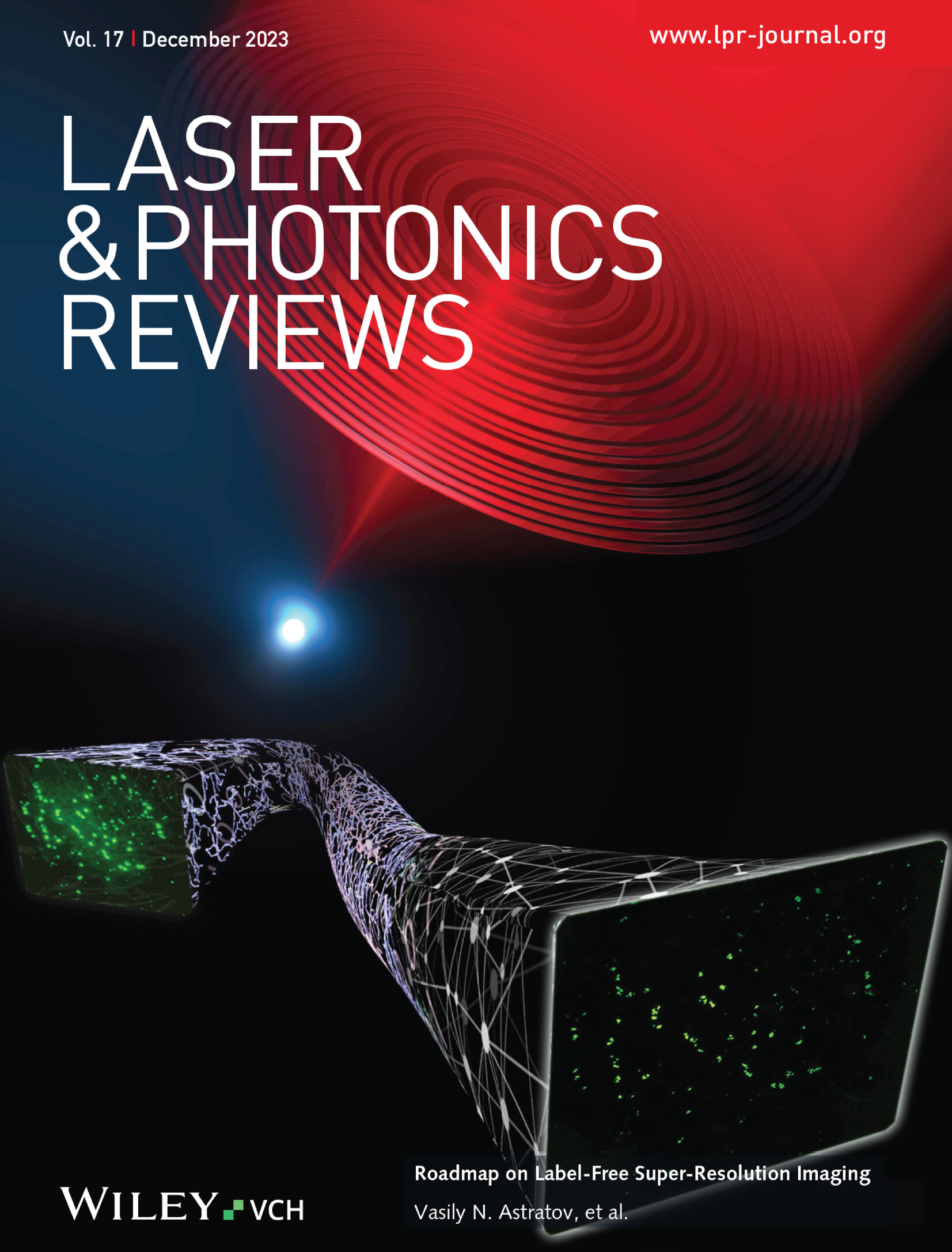Physics‐Guided Deep Learning for 3D Photoacoustic Microscopy
IF 9.8
1区 物理与天体物理
Q1 OPTICS
引用次数: 0
Abstract
Photoacoustic microscopy (PAM) achieves high lateral resolution through tight light focusing but suffers from a narrow depth of focus (DOF). Here the enhancement of PAM image quality for 3D microscopy is aimed by achieving high resolution over a large DOF, accurately restoring object sizes, and minimizing artifacts introduced during image acquisition. A novel approach is proposed that initially acquires 3D PAM images with a large DOF but low resolution through loose light focusing, and subsequently enhances resolution and image quality using a deep learning network termed LDHR‐Net. This network is trained on synthetic low‐resolution and high‐resolution image pairs generated using a physical Gaussian beam model, which accounts for depth‐dependent blurring. Application of the proposed model to experimentally acquired phantom data demonstrates significant improvements, achieving lateral resolution of ≈4 µm across an unprecedentedly large DOF of ≈4.5 mm, a 25‐fold increase compared to the intrinsic DOF (≈0.18 mm) of a PAM system with the same lateral resolution. The model's effectiveness and robustness are further validated qualitatively and quantitatively on in vivo microvasculature structures, including those in the mouse ear, back, and brain. This method provides an effective and practical solution for obtaining high‐quality 3D PAM images.物理引导的3D光声显微镜深度学习
光声显微镜(PAM)通过紧密的光聚焦实现高横向分辨率,但其焦距(DOF)较窄。在这里,增强PAM图像质量的3D显微镜的目的是实现高分辨率在一个大的DOF,准确地恢复对象的大小,并尽量减少在图像采集过程中引入的伪影。提出了一种新颖的方法,通过松散的光聚焦,首先获得具有大DOF但低分辨率的3D PAM图像,然后使用称为LDHR‐Net的深度学习网络来提高分辨率和图像质量。该网络是在使用物理高斯光束模型生成的合成低分辨率和高分辨率图像对上进行训练的,该模型考虑了与深度相关的模糊。将所提出的模型应用于实验获得的幻影数据显示出显着的改进,在4.5 mm的空前大DOF下实现了≈4µm的横向分辨率,与具有相同横向分辨率的PAM系统的固有DOF(≈0.18 mm)相比增加了25倍。在小鼠耳、背、脑等体内微血管结构上进一步定性定量验证了模型的有效性和稳健性。该方法为获得高质量的三维PAM图像提供了有效和实用的解决方案。
本文章由计算机程序翻译,如有差异,请以英文原文为准。
求助全文
约1分钟内获得全文
求助全文
来源期刊
CiteScore
14.20
自引率
5.50%
发文量
314
审稿时长
2 months
期刊介绍:
Laser & Photonics Reviews is a reputable journal that publishes high-quality Reviews, original Research Articles, and Perspectives in the field of photonics and optics. It covers both theoretical and experimental aspects, including recent groundbreaking research, specific advancements, and innovative applications.
As evidence of its impact and recognition, Laser & Photonics Reviews boasts a remarkable 2022 Impact Factor of 11.0, according to the Journal Citation Reports from Clarivate Analytics (2023). Moreover, it holds impressive rankings in the InCites Journal Citation Reports: in 2021, it was ranked 6th out of 101 in the field of Optics, 15th out of 161 in Applied Physics, and 12th out of 69 in Condensed Matter Physics.
The journal uses the ISSN numbers 1863-8880 for print and 1863-8899 for online publications.

 求助内容:
求助内容: 应助结果提醒方式:
应助结果提醒方式:


